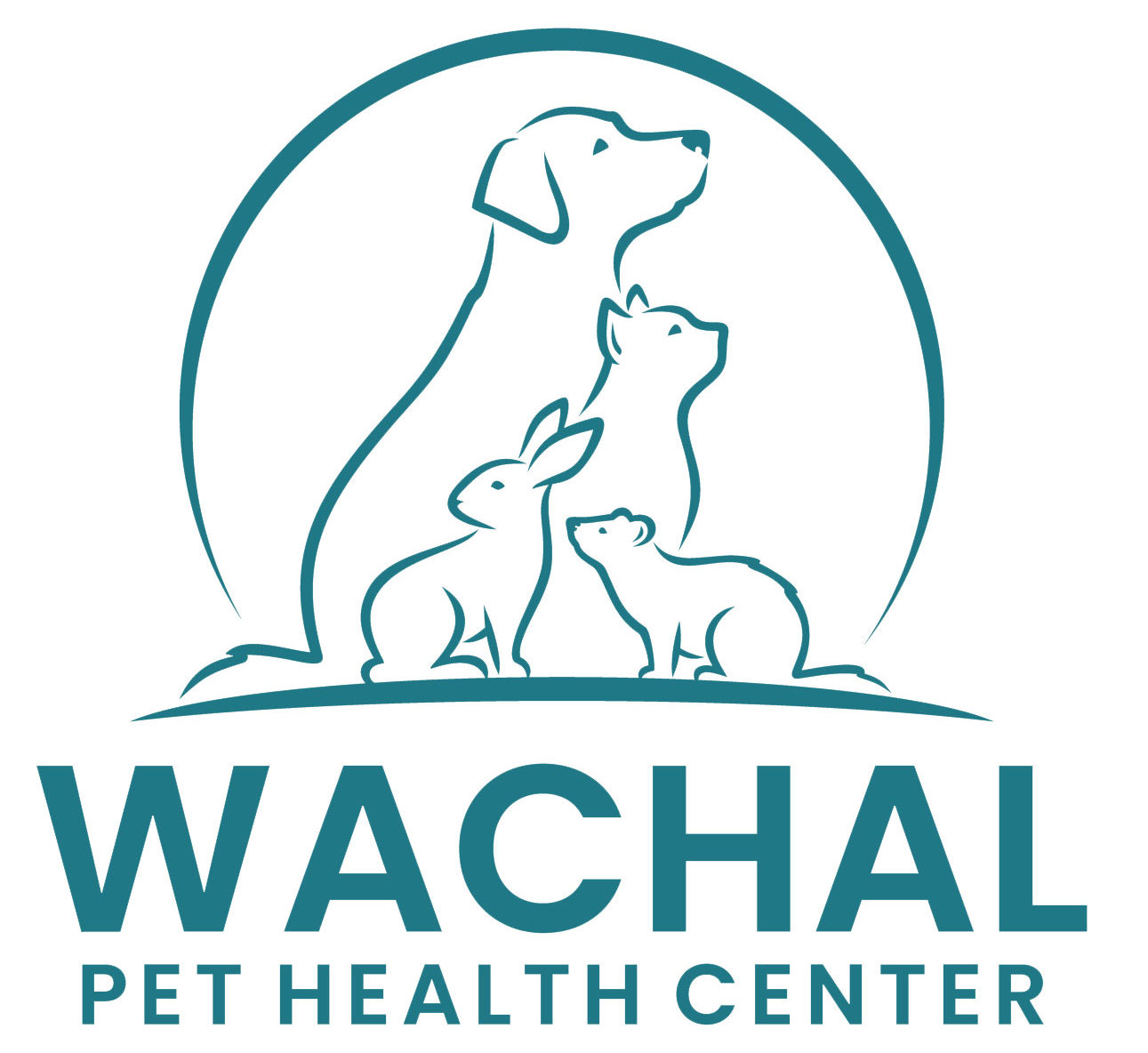Library
-
Bumblefoot is a term used to describe an infectious or inflammatory condition involving the bottom of the foot pad on one or both feet in birds. Causes include improper perching surfaces or traumatic injuries to one or both foot pads. The condition is painful and causes the bird to become lame on the affected foot/feet. Proper veterinary care is essential to resolving this severe condition.
-
Chickens can be afflicted by a variety of diseases. Viral diseases may be very serious and life threatening. Fowl pox causes scabs on the face and feet of chickens. Traumatic wounds from predators often cause serious skin and muscle wounds as well as broken bones. Pressure sores often progress to form bumblefoot lesions on the undersides of one or both feet. Heavy metal toxicity is a common cause of head tilts, abnormal gait, or seizures. Intestinal parasites are common in chickens that have exposure to an outdoor environment.
-
Blue-green algae, also called cyanobacteria, are found in fresh and brackish water of ponds and lakes. These microscopic bacteria can also grow in backyard fountains, garden pots, bird baths, and anywhere water is stagnant. Regardless of where they are found, cyanobacteria can be dangerous.
-
Egg yolk peritonitis or coelomitis occurs when yolk from a developing egg, an incompletely shelled egg, or a ruptured egg is deposited within the body cavity, referred to as the abdominal coelom. The yolk material that is released into the coelomic cavity causes inflammation and fluid within the coelom. Affected birds often stop laying, become less active, have distended abdomens, and have difficulty breathing.

